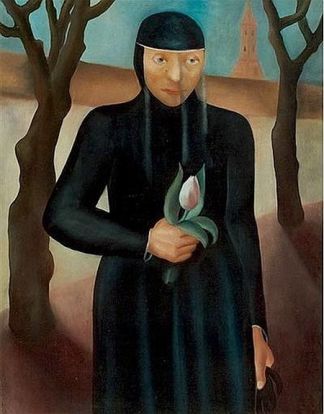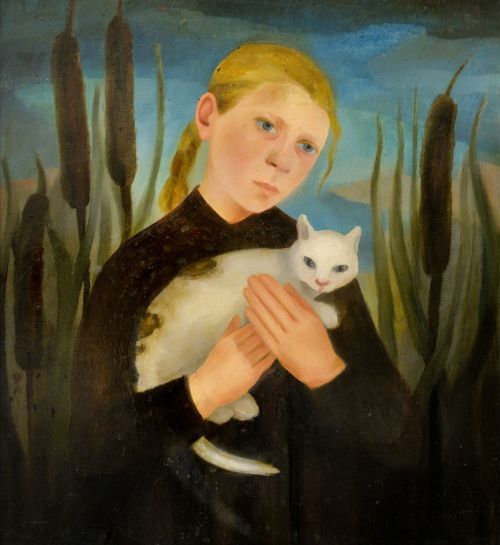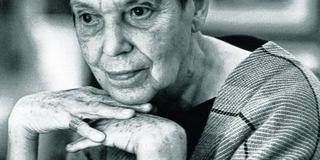244 posts
Latest Posts by art0634 - Page 8

Forge
2023
Noak Esbjörnsson

On the Bridge, 1903 Edvard Munch

Sonia Delaunay
Rythme coloré, January 26, 1936
Gouache on paper

Circles connected with ribbons, 1914
Paul Klee

Nicolas de Staël - Montagne Sainte-Victoire (Paysage de Sicile), 1954, huile sur toile, 89 x 130 cm

Untitled (#5), 2017

Untitled, 2018

Untitled, 2019

Untitled, 2019

Untitled
2023
Noak Esbjörnsson

The White Night - Alessandro Tofanelli, 2005.
Italian, b. 1959 -
Oil on canvas , 60 × 60 cm

The Brew
2023
Noak Esbjörnsson

Jaipongan and coffee
2023
Noak Esbjörnsson


Richard Diebenkorn, Berkeley #59, 1953

Juan Miro
Personnage devant le soleil

Frits van den Berghe (Belgian, 1883 - 1939)
Bouquet in a square vase (Bouquet dans un vase carré), 1920
Oil on canvas, 66 x 54 cm

Edvard Munch
Self-Portrait with Cigarette
1895

Marius van Dokkum

Flowers in blue vase - Ferry Slebe , 1943.
Dutch 1907-1994
Oil on canvas , 50 x 40 cm.

Marsden Hartley, Pre-war Pageant, 1914

Edvard Munch, The Girls on the Pier, c. 1901, Oil on canvas, 136 x 125 cm, National Gallery, Oslo

by Karen Mathison Schmidt

Dressing Up by Larisa Aukon

Kurt Schwitters (German, 1887-1948), Für Tilly, 1923. Oil and turning handle on panel, 25.7 x 16 x 4.9 cm.





Kate Diehn-Bitt (German, 1900-1978)
An automatic translation:“Born in Schöneberg near Berlin in 1900, Kate (originally: Käthe) Diehn-Bitt was a middle-class daughter. Her training took place exclusively in various private art schools; After early marriage and the birth of her son in 1920, she began studying at the – again – private art academy in Dresden in 1929–31, where Woldemar Winkler (1902–2004) became her teacher, who later described her as “a very clever one , very self-confident, emancipated personality”. The Dresden art scene around Otto Dix, Otto Griebel and others must have been as impressive for Diehn-Bitt as the political atmosphere in the city.
Back in Rostock, she set up her first studio in 1933; In 1935 she exhibited together with the sculptor Hertha von Guttenberg in the gallery of Wolfgang Gurlitt in Berlin - it would take until 1948 until another exhibition is dedicated to her in Schwerin.
During the Nazi era, Kate Diehn-Bitt’s stepfather, Dr. Leo Glaser persecuted as a Jew; she herself and her work were deemed “foreign”. After the end of the war, Diehn-Bitt was initially involved in cultural policy in the newly founded GDR, but after being sentenced to paint “not in a forward-looking or optimistic manner”, she withdrew from all functions in the 1950s and died in Rostock in 1978. All of the political-historical upheavals of the 20th century in Germany can be seen in her biography and work.”
https://www.kulturstiftung.de

Georges Rouault
En pensant à l'Abbé Pierre
1954

Max Ernst, The Garden of France 1962

